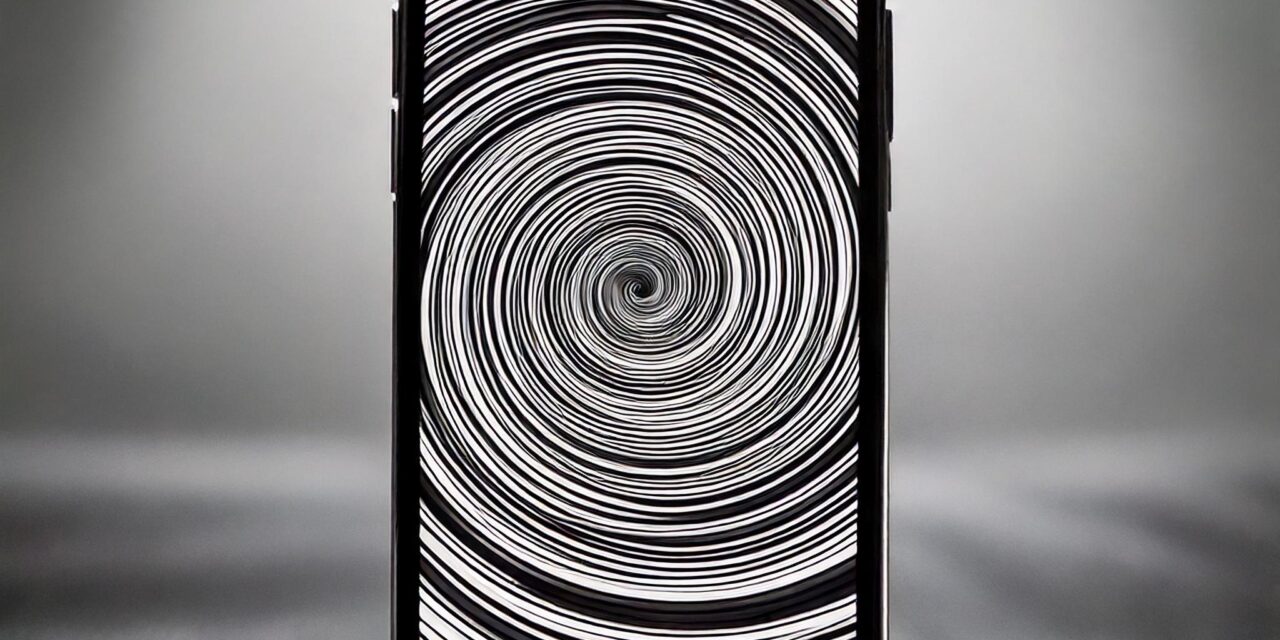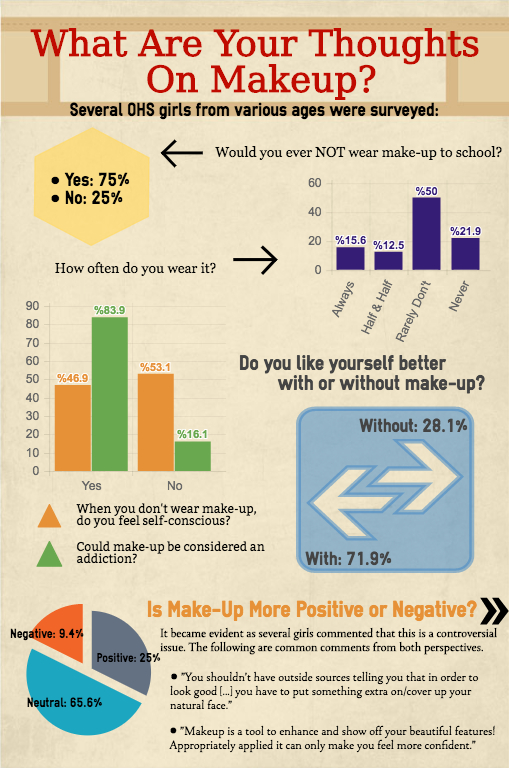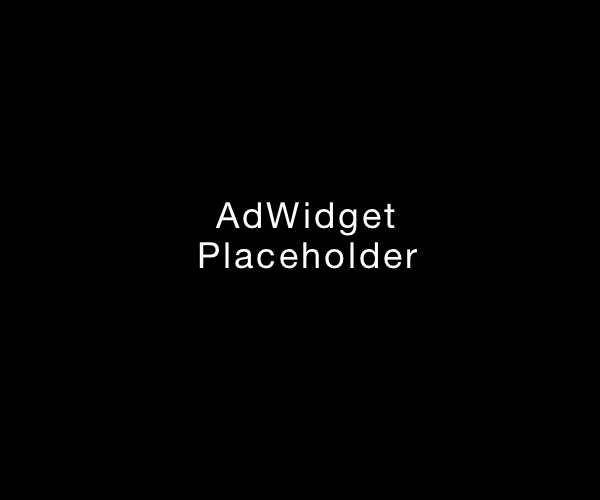What would you think if you witnessed a teenager being peer pressured into doing drugs? H opefully, you would be urged to put a stop to it. Addictive drugs and substances are heavily frowned upon because everyone knows how addictive and dangerous they are. Yet, so many people are addicted to something less obvious: social media apps. The addictiveness of these apps is most evident to the developers themselves. They made them that way because it profits them. Their money is more important to them than anyone’s wellbeing.
opefully, you would be urged to put a stop to it. Addictive drugs and substances are heavily frowned upon because everyone knows how addictive and dangerous they are. Yet, so many people are addicted to something less obvious: social media apps. The addictiveness of these apps is most evident to the developers themselves. They made them that way because it profits them. Their money is more important to them than anyone’s wellbeing.
When TikTok introduced their simple interface, an endless scroll of short videos, did you notice how other apps adopted the idea? After seeing the success of TikTok, Instagram quickly added “reels” to their app. Then, Youtube added “shorts” to their app. The algorithm draws the user in and keeps them there by removing any interruption between content. It’s a genius way to keep people using the apps, whether they want to or not. However, Snapchat has been keeping users addicted in a sneakier way for years. As lawyers at Motley Rice put it, “Snapchat has one of the most unique app structures of the top platforms. It uses disappearing messages and ‘streaks’ to create an artificial sense of urgency in its users. This can lead users to obsessively check the app for new messages and ensure their streaks continue uninterrupted.” Calling out everyone who’s checking Snap every two minutes, taking 20 quick pictures, for 20 different people, for no actual reason… You look like an addict.
Whether we can actually be addicted to these apps like we can be addicted to drugs or alcohol is controversial. “But there’s no denying that the dopamine system is involved in both,” says BBC’s Science Focus. “Every time we check our social media feeds and find something novel or exciting waiting for us (in other words, every time we check social media), our brains release dopamine, which tells our brains that checking social media is worth doing again. And when you add in notifications and alerts, it isn’t long before our brains begin to release dopamine just in anticipation of checking our phones.” No matter what app it is that you or your peers unintentionally obsess over, the fact remains that they are all designed to be this way.
In any other case, getting someone addicted to something on purpose, for their own profit, would sound pretty bad, right? So why do developers continue to create such addictive apps? All these social media apps are free to use, yet are worth huge amounts of money. Science Focus explains it simply: “Facebook is free to use because we are not the customers. Instead, advertisers are the customers, and our attention is what’s being sold. Think about it: the more time you spend on a social media platform, the more opportunities there are for the platform to show you ads. Every minute you spend on social media is a minute spent making money for someone else.” Of course they would want you addicted, if the time you spend using the app makes them more money.
Why exactly is this wrong, though? Because the developers know how wrong it is. “I feel tremendous guilt… I think we have created tools that are ripping apart the social fabric of how society works,” said Chamath Palihapitiya, Facebook’s former vice president for user growth, last November during a talk at Stanford University’s Graduate School of Business. He added that he himself rarely uses Facebook, and that his children “aren’t allowed to use that sh*t”.
So yes, they know what’s wrong with the addictivness of their app design, and some may feel guilt over it, but that doesn’t stop the current developers from continuously updating them to stay relevent and important (and addictive) to the users. This would suggest that they care more about their success than any user’s wellbeing. They want people to be addicted. They take advantage of those dopamine releases that we crave subconsciously, and couldn’t care less what that does to our brains. Our attention spans are continuously getting shorter and shorter, and companies are scrambling to appeal to that. In turn, our attention spans get even shorter.
So… what can be done? These social media companies aren’t going to pull us out of this hole anytime soon, so we’re going to have to help ourselves. I myself have been working to improve my own attention span and lower my daily screen time, so I’d like to share some things that have helped me.
You may have tried to set Apple’s built in screen time limit for yourself, but we know that it doesn’t really stop you from just overriding it. Thankfully, there are some apps you can download for yourself that set more firm limits. The one I use is called Opal, and you can set limits that start and end at different times each day. You can also override this app, of course. The difference is that you have to go into the app, wait ten seconds while it tells you to breathe, before it will give you the option to take a break from your “focus session”. All of this may bring you to your senses, and remind you that you don’t really need to open that app at all. Personally, I love Opal, but I also love healthy ways to boost my dopamine.
Do what makes you happy. Dive into your hobbies. Learn something new. Go out with your friends. Spend time with your family. Listen to music.
Go outside, take a walk and breathe in the fresh air. Look at the sky and be thankful. Life is so short, and it’s devastating that so many people are spending so much of their time looking down at a screen. We need to keep our eyes up on the world around us, so that in 20 years we don’t have to look back at our youth with regret. Time is fleeting.
Ksidwell
Latest posts by Ksidwell (see all)
- It’s not your Fault that you’re Addicted to your Phone. - January 7, 2025







